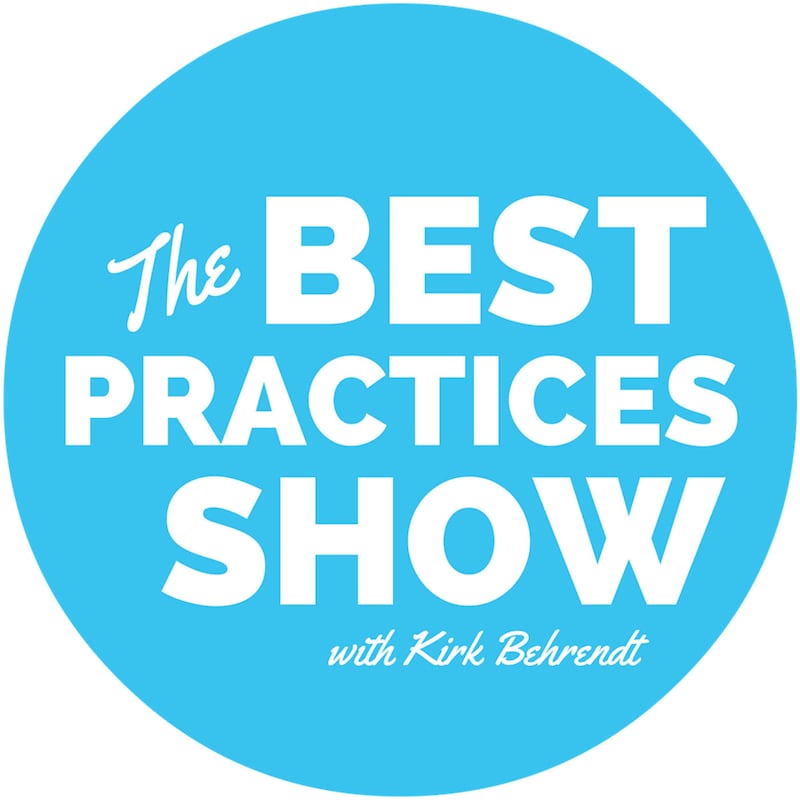Dr. Paresh Shah who has a general practice in Winnipeg Canada is here to talk about progressing to a contemporary digital practice. Paresh is a good friend of mine who I met at the Seattle Study Club. I love the way that he thinks. We both agree that it is important to pick the most important things to focus on.
We talk about the decision Paresh made to take his office digital and how he focuses on the work that he enjoys doing. He also loves how the digital model can create a true interdisciplinary practice where the different specialists and team members all communicate to bring the patient the exact outcome that they want. Technology and changes in dentistry are growing at a fast pace, and the future of dentistry is truly exciting.
You can find Paresh here:
Dr. Paresh Shah
@drpshah_dmd on Twitter
shahp@mymts.net
Show Notes
[02:57] Paresh practices general dentistry in Winnipeg Canada. His family moved here when he was 2 1/2 years old and his daughter is graduating from dental school in a couple of months.
[04:21] Paresh had been practicing interdisciplinary care, but he really wanted to go more digital. He cut the cord, and the entire practice went digital.
[06:30] The difference between multi-disciplinary and interdisciplinary. Multi-disciplinary is using other disciplines without a lot of communication between the two. Everyone has their strengths, but no one has talked to each other.
[07:40] Interdisciplinary is where the patient goes to the specialist, but they have already discussed what the patient wants. The different disciplines communicate and follow through with the patient.
[09:02] The role of failure and the role of self-awareness in improving interdisciplinary communication.
[10:24] Paresh shares failures and things he could have done better during his lectures. Failures are huge. You also need to enjoy what you do.
[11:15] When practicing in North America, you get to choose what you do and how you practice.
[11:47] To progress, you have to have mentors and a really good core of specialists.
[12:11] The largest challenge for Paresh when he upgraded to his practice was getting his team completely on board and having them understand the high level of practice. They wanted to treat the patients not just the symptoms. He needed external help to train his team on certain things. He wanted his team to understand what he was learning.
[14:30] He was very specific about what he wanted his coaches and trainers to focus on.
[15:01] Working collaboratively and building trust within the teams. Sharing records and measurements and give diagnosis.
[18:23] Paresh's hygienist team is on board with the perio team. They coordinate, share measurements, and communicate and collaborate.
[19:43] Using checklists for a contemporary interdisciplinary practice.
[20:41] A checklist creates accountability and encourages training. Why stress and try to remember everything? Use a list so you can think about what is important.
[22:30] They have a checklist for every procedure and the purpose is just to jog everyone's memory.
[25:45] Having the ability to see everything in real time when your practice is purely digital. It is easier to practice comprehensive care in a digital office. The challenge is getting everyone and the team involved and up to speed with digital.
[27:48] Digital information can be shared through secure client portals.
[28:36] They can collaboratively treatment plan from their own rooms.
[29:18] A digital workflow is incorporating all of the pieces to make your practice digital. You can start with diagnostics and digital radiographs. Then bring in intraoral scanning. To get this type of work flow, you have to start with getting your team comfortable.
[34:00] Digital impressions and photographs and videos are much more accurate and leaves less room for error. They can actually superimpose the 3D scan into your picture and plan the design based on your unique characteristics.
[36:08] The patient gets to be involved in the design and even gets a test drive with the digital workflow.
[38:06] What is happening with digital is going to be mind-boggling in the future. There is so much happening right now. Imagine able to do at 3D design while you're talking.
[39:57] You need a lab experienced with digital design.
[40:52] Should young dentists invest in technology and go digital? They need an intraoral camera and a scanner at least. Learn the DSD process. Block off days and allocate time for training. Hire a trainer if you are not good at it. Your team could be your weakest link if not trained well.
[43:16] To get into digital it can cost from $20,000 to $40,000. Start with one and don't be scared. See how you like the software and the buttons. You can start small and build on it.
[45:28] It's easy to upgrade software. Workflows and software are starting to talk with each other more.
[46:42] Paresh uses Ted Talks for training. He can't do it all on his own. He wants people to grow their skills and stay in his office.
[49:12] How checklists can transform the medical and dental industry and the way that people practice.
Links and Resources:
Seattle Study Club
Digital Smile Design
Kois Center
The checklist Manifesto




